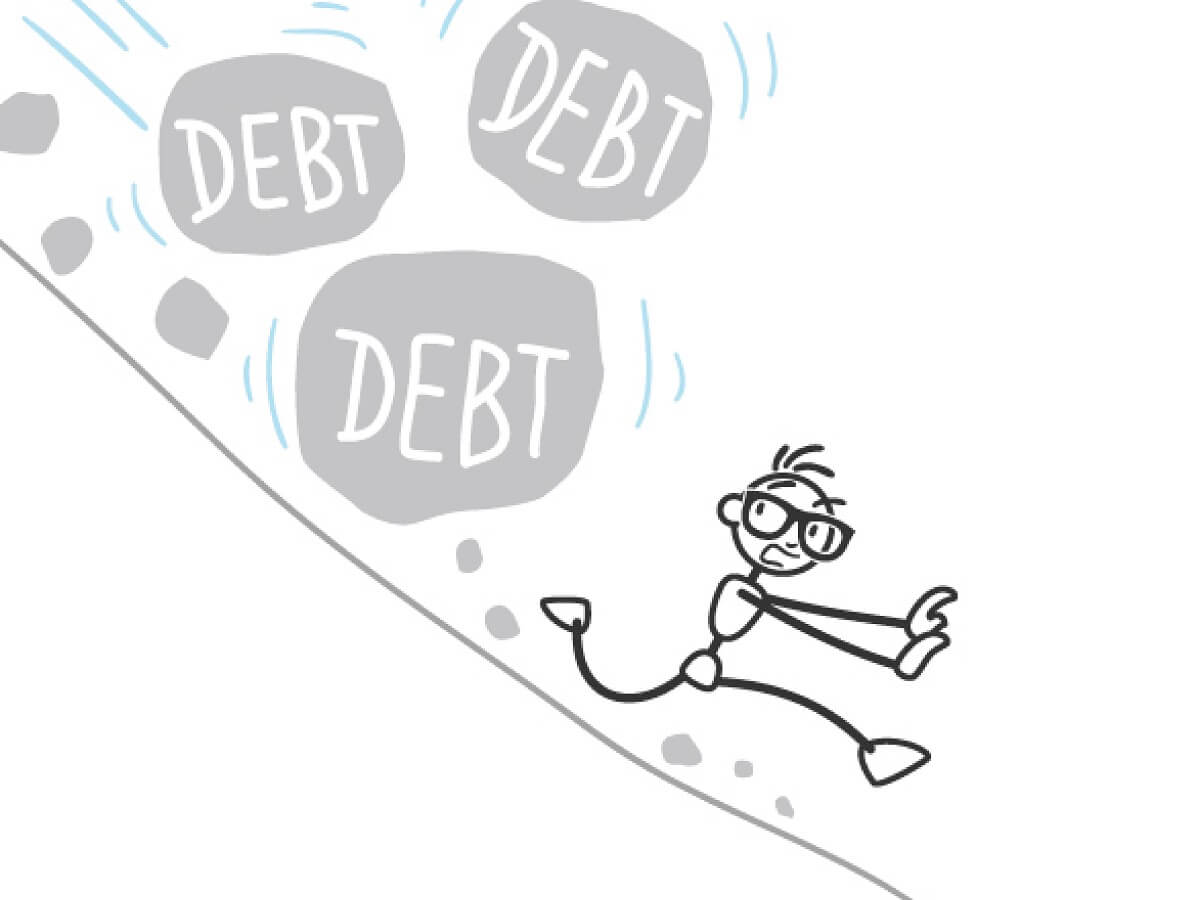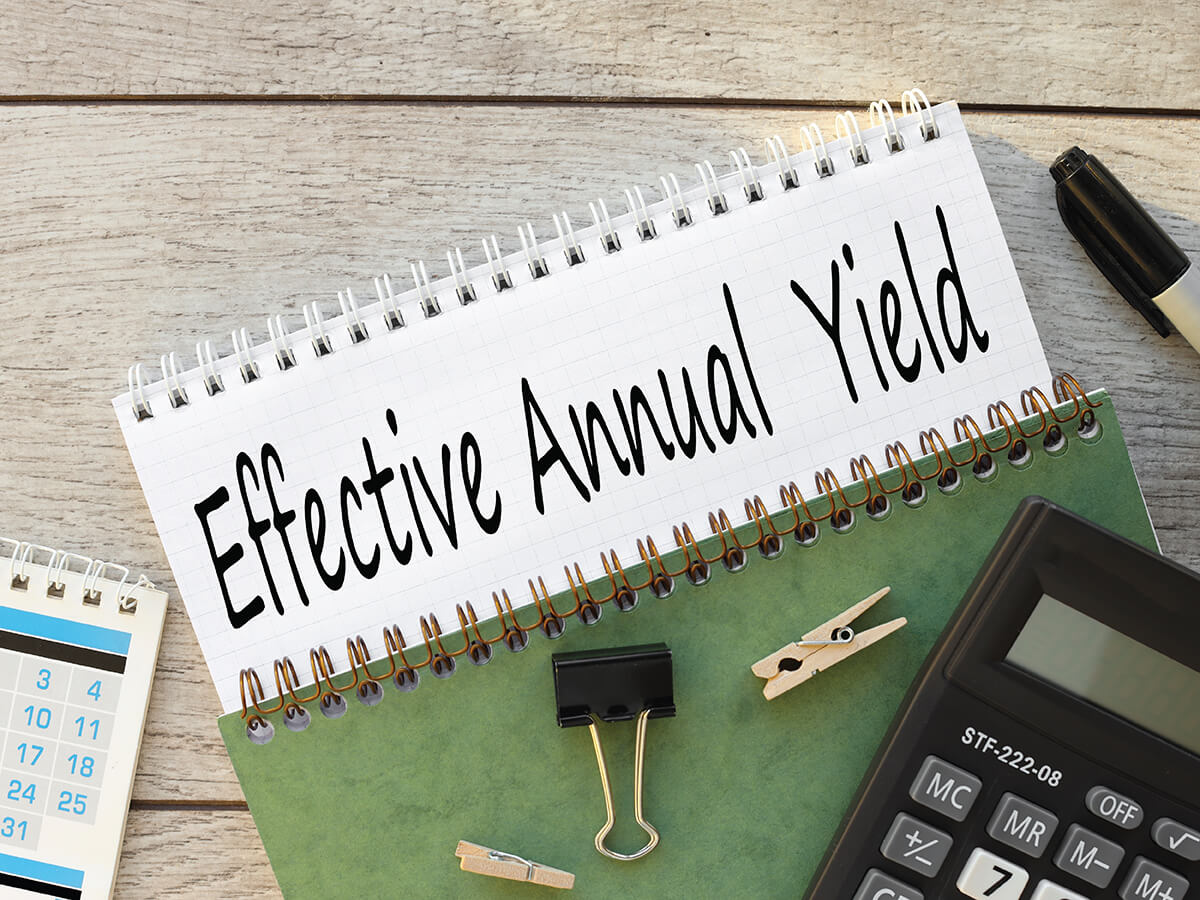Introduction
Managing debts can be overwhelming, especially when faced with multiple loans and high interest rates. If you are tired of making minimum payments that barely make a dent in your principal balance, it's time to consider a more strategic approach. The debt avalanche method is a systematic way of paying down debt that can save you money on interest and help you become debt-free sooner.
In this article, we will explore what the debt avalanche method is, how it works, and how you can use it effectively to achieve your financial goals. Whether you have credit card debt, personal loan, or other high-interest obligations, this method will empower you to take control of your finances. Also, understand how to use a personal loan EMI calculator online for financial benefits.
Understanding The Debt Avalanche Method
The debt avalanche method is different from other debt repayment strategies like the snowball method. While the snowball method focuses on paying off the smallest debts first, the avalanche method prioritises debts based on their interest rates.
Here's how it works:
- Make a list of all your debts: Start by listing all your outstanding debts along with their interest rates. This could include credit card balances, personal loans, or any other type of loan.
- Allocate available funds: Determine how much money you can allocate each month towards debt repayment. This amount should come from any surplus income after covering essential expenses like rent, groceries, and transportation.
- Pay minimum payments: Make the minimum payment on each debt to avoid late fees or penalties. Use the personal loan EMI calculator online to find out payment amounts.
- Focus on the highest interest rate: With the remaining funds, channel them towards the debt with the highest interest rate, while continuing to make minimum payments on other debts.
- Repeat the process: Once the highest interest rate debt is paid off, move on to the debt with the next highest interest rate. Continue this process until all your debts are cleared.
Debt Avalanche Vs Debt Snowball
The debt avalanche method differs from another popular debt repayment strategy called the debt snowball method. While both methods aim to help you pay off your debts, they prioritise different aspects.
With the debt snowball method, you start by paying off your smallest debts first. This approach may provide a psychological boost as you quickly eliminate some debts and gain momentum in your journey towards becoming debt-free. However, it may not optimise your overall financial situation, since smaller debts may not necessarily have higher interest rates.
On the other hand, the debt avalanche method focuses on minimising interest payments by targeting high-interest debts first. This approach may save you more money in the long run but requires discipline and patience since it may take longer to see significant reductions in overall balances.
Conclusion
The debt avalanche method is an effective strategy for paying off debts faster and saving money on interest. By prioritising high-interest debts and consistently allocating extra funds towards them, you can make substantial progress in becoming debt-free.
Remember to be patient and disciplined throughout this process.
If you are unsure about how to get started with the debt avalanche method or need assistance in managing your debts, consider reaching out to a financial professional or an organisation specialising in debt relief. They can provide guidance and support tailored to your specific situation.At Mahindra Finance, we understand the challenges of managing debts and offer personalised solutions to help you achieve financial freedom. Our range of loan products, including personal loan, are designed to meet your diverse needs. Explore our offerings and use our personal loan EMI calculator online to plan your repayment journey. Take control of your finances today with Mahindra Finance!
FAQs
Q: Can I use the debt avalanche method for any type of debt?
A: Yes, the debt avalanche method is applicable to various types of debt, including credit card balances, personal loans, student loans, etc. It focuses on prioritising high-interest debts to save money on interest payments.
Q: How long does it take to see results with the debt avalanche method?
A: The time it takes to see significant results with the debt avalanche method depends on several factors, including the amount of debt, interest rates, and monthly payment allocations. With consistent effort and discipline, you can make noticeable progress within a few months.
Q: What if my highest-interest debt also has the highest balance?
A: In cases where your highest-interest debt is also the one with the highest balance, paying it off may take longer but will still save you money on interest in the long run. Remember that the key is consistency and staying focused on your goal of becoming debt-free.
Q: Can I switch from the snowball method to the avalanche method?
A: Yes, it's possible to switch from using the snowball method to the avalanche method if you find that prioritising personal loan interest rate aligns better with your financial goals. Evaluate which approach works best for you and make the necessary adjustments to your debt repayment strategy.






















































